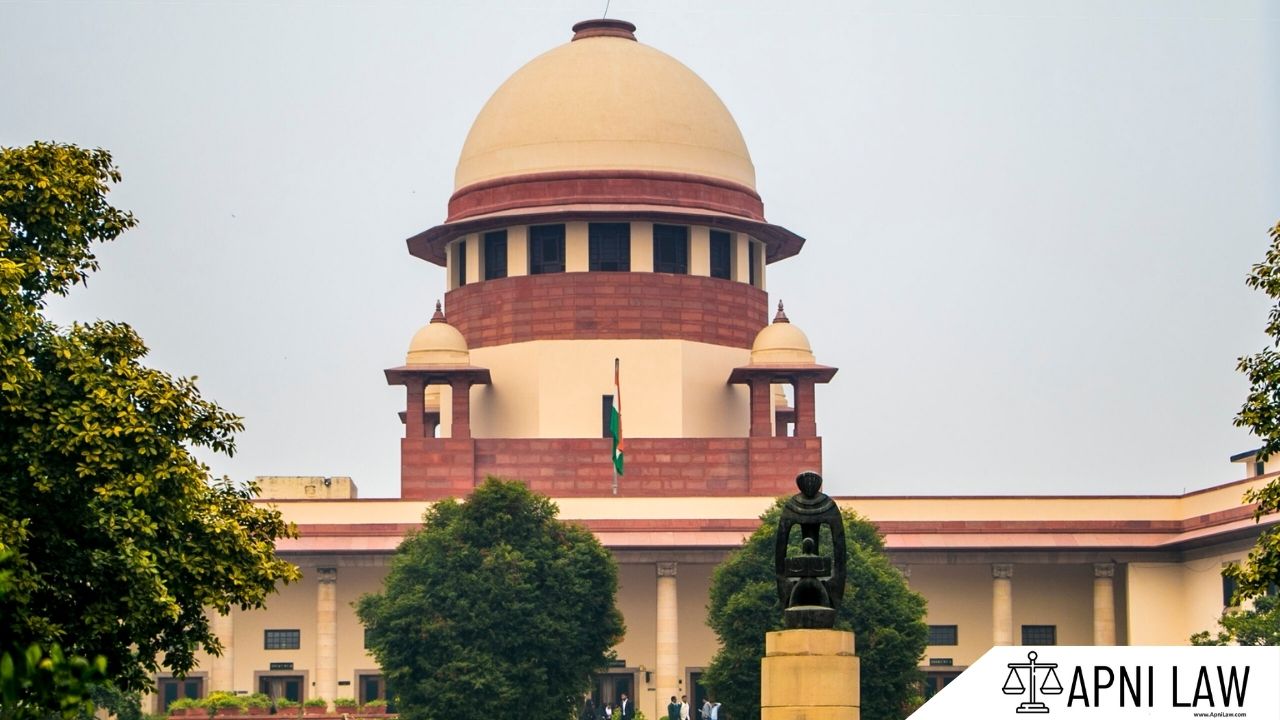Code:
(1) When an Executive Magistrate receives information that any person is likely
to commit a breach of the peace or disturb the public tranquillity or to do any wrongful act
that may probably occasion a breach of the peace or disturb the public tranquillity and is of
opinion that there is sufficient ground for proceeding, he may, in the manner hereinafter
provided, require such person to show cause why he should not be ordered to execute a
bond or bail bond for keeping the peace for such period, not exceeding one year, as the
Magistrate thinks fit.
(2) Proceedings under this section may be taken before any Executive Magistrate
when either the place where the breach of the peace or disturbance is apprehended is within his local jurisdiction or there is within such jurisdiction a person who is likely to commit a
breach of the peace or disturb the public tranquillity or to do any wrongful act as aforesaid
beyond such jurisdiction.
Explanation:
This section empowers Executive Magistrates to take preventative measures against individuals who are suspected of being likely to commit a breach of peace or disturb public tranquility. Here’s a breakdown:
- Triggering Information: The Magistrate receives information indicating that a person is likely to engage in activities that could disrupt public order.
- Opinion and Grounds: The Magistrate must have a reasonable belief that the information is credible and forms sufficient grounds for action.
- Show Cause Notice: The Magistrate issues a notice requiring the person to explain why they should not be ordered to execute a bond to maintain peace.
- Bond: The Magistrate can order the individual to provide a bond, with or without sureties, guaranteeing their peaceful conduct for a period not exceeding one year.
- Jurisdiction: The Magistrate can act if either the place where the disturbance is anticipated falls within their jurisdiction or if the individual likely to cause trouble resides within their jurisdiction, even if the potential disturbance is outside.
Illustration:
Suppose there are rumors of a potential clash between two groups in a particular locality. An Executive Magistrate, upon receiving this information, has reason to believe that the rumors are credible. Hence, there’s a genuine threat of a breach of peace. The Magistrate would then issue notices to individuals suspected of involvement. This will require them to appear and explain why they should not be bound to maintain peace. If the Magistrate is convinced of the potential threat, they may order the individuals to provide a bond. This is to ensure their peaceful conduct.
Common Questions and Answers:
- Q: What constitutes “breach of peace” or “disturbance of public tranquility?”
A: These terms encompass acts that could cause unrest, fear, or public disorder. Examples include threats of violence, planned riots, public demonstrations that turn violent, and acts of intimidation.
- Q: Is this section a preventive measure or a punishment?
A: This section is purely preventive. It aims to avoid potential disturbances before they occur. It is not a punishment for past offenses.
- Q: Can anyone file a complaint under this section?
A: Anyone can inform the Magistrate about potential disturbances. The Magistrate has the sole discretion to initiate proceedings under this section.
- Q: What are the consequences if an individual refuses to provide a bond?
A: Refusal to provide a bond can lead to the individual being arrested. They can also be detained until they comply with the Magistrate’s order.











